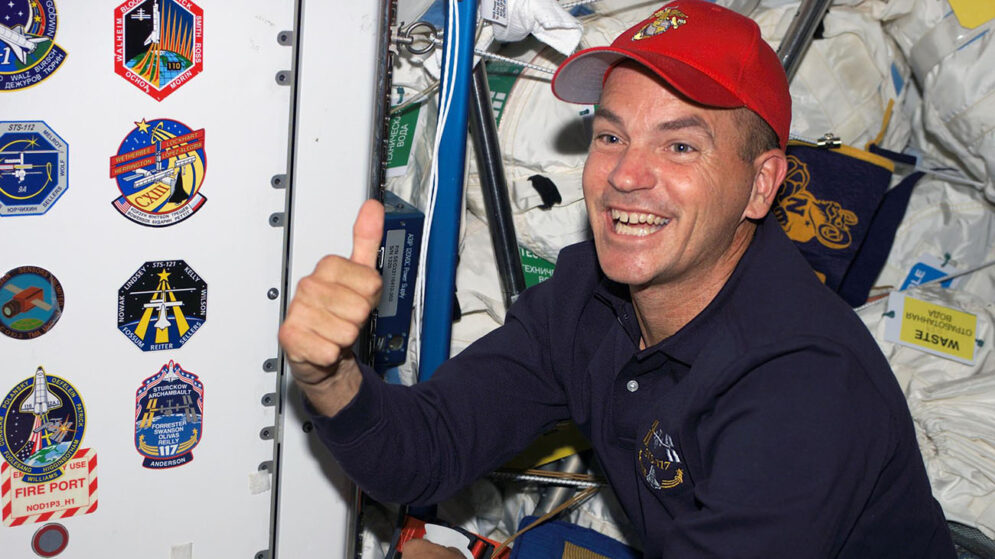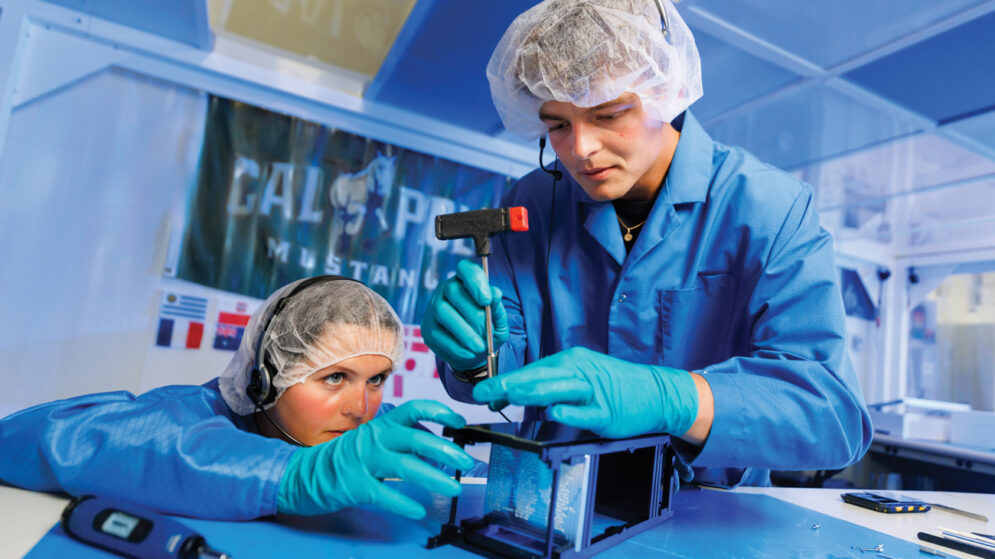California Impact
The Central Coast is
Looking Up
University faculty and programs are backing the Central Coast’s strides toward becoming a unique hub for the aerospace industry.
By Robyn Kontra Tanner
Share this article:
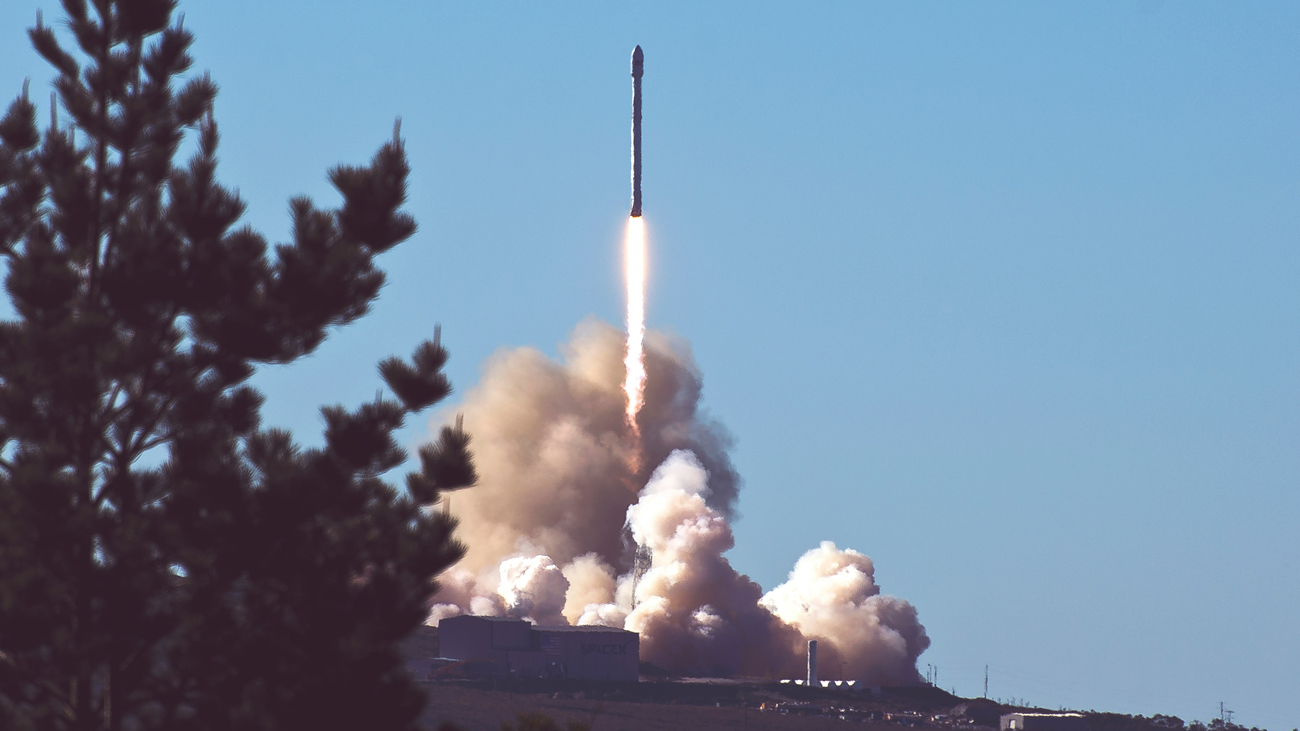
A rocket launch from Vandenberg Space Force Base in 2017. Photo by Tim Mossholder via Unsplash.
The Central Coast has a multifaceted reputation: a charming college town, a vacation destination and a stellar wine region. Now Cal Poly is backing the Central Coast’s charge toward becoming a strategic aerospace powerhouse.
From ambitious infrastructure projects to workforce development initiatives, Cal Poly faculty and students could amplify the area’s potential to off er a gateway to the stars.
“Itʼs a fast-growing industry that also has significant workforce challenges,” says Karen Tillman, the university’s associate executive director of economic development and advisor to university president Jeffrey D. Armstrong.
She sees links between aerospace and traditional aeronautics, where older workers are retiring and there aren’t enough technical professionals to meet increasing demand. Support for skilled laborers could benefit the college-educated engineers and managers graduating from Cal Poly in the long run.
“When we think about that from a workforce development perspective, we can serve both of those audiences through the right programming and engagement,” adds Tillman. “A lot of what we’ve been doing is trying to understand what that need is.”
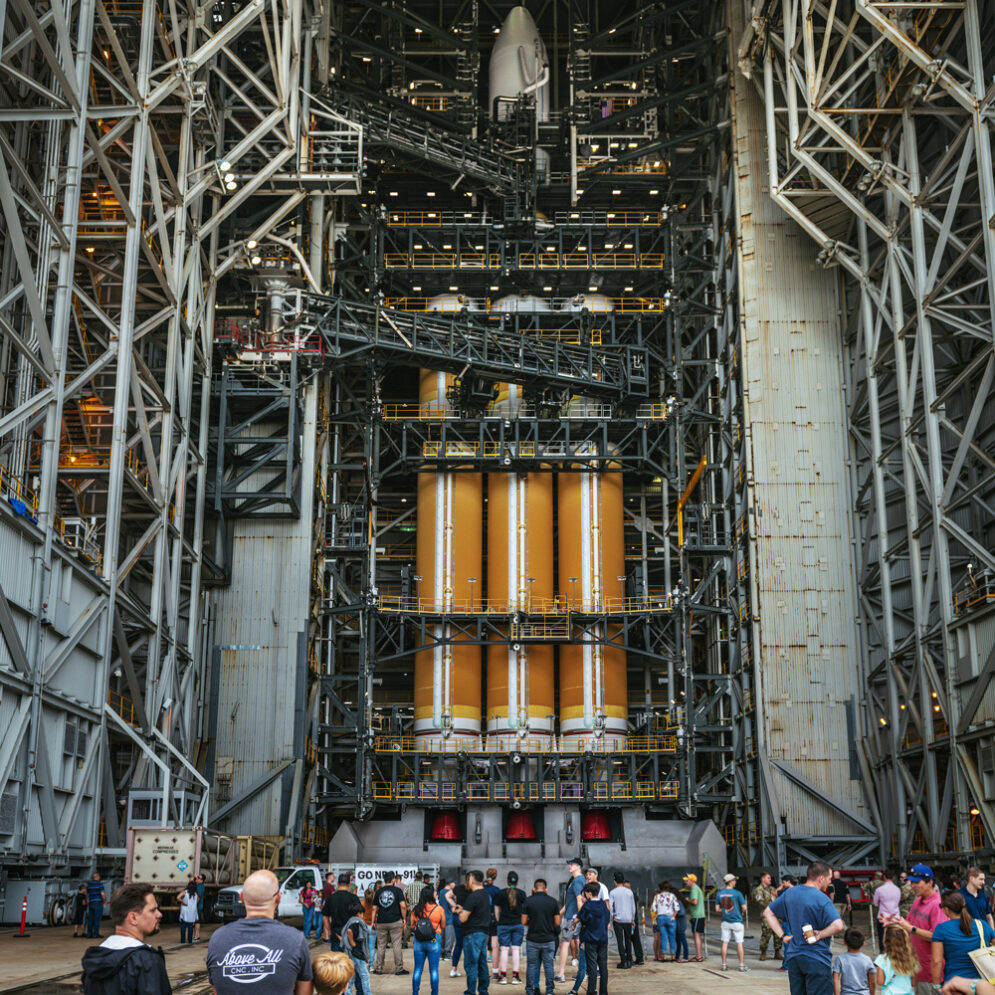
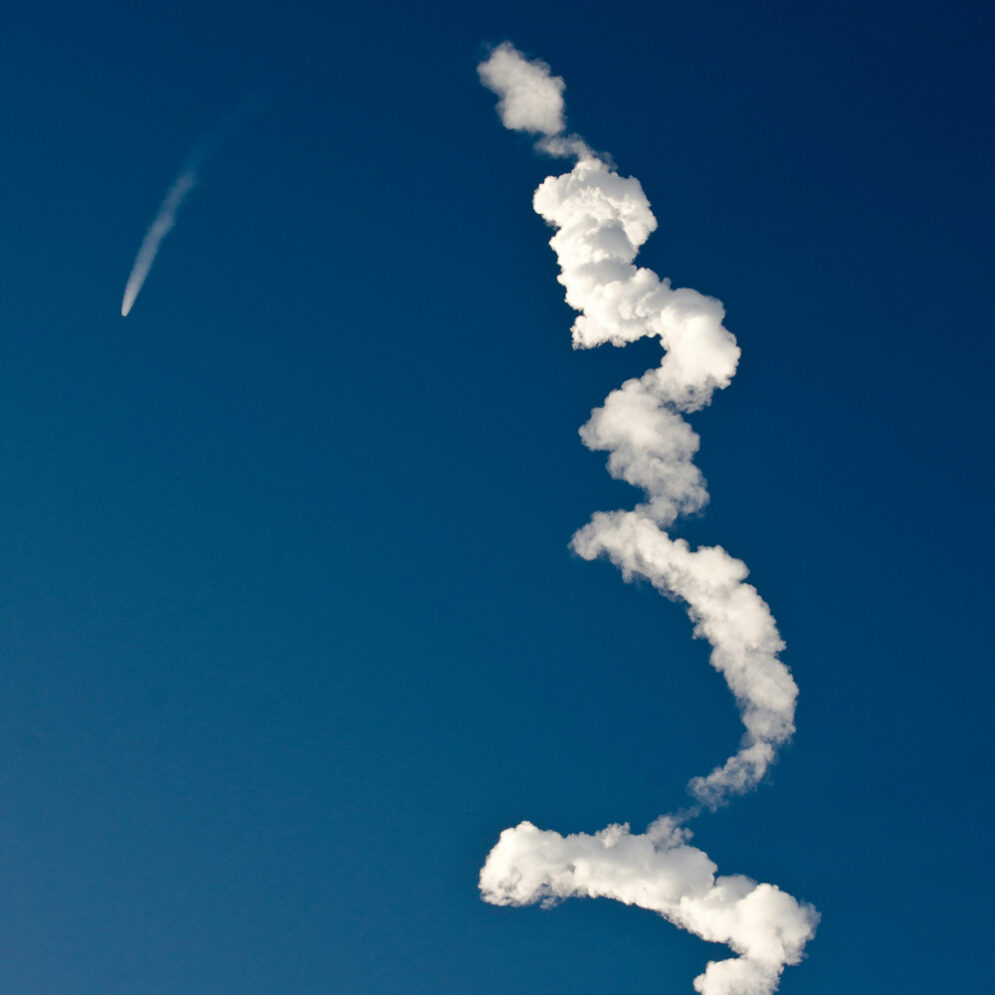
First photo: Community members view the Delta IV Heavy rocket at Vandenberg Space Force Base in 2022. Second photo: a SpaceX Falcon 9 rocket lifts off from Vandenberg in 2017. Photos by Tim Mossholder via Unsplash.
Cal Poly experts are playing a key role in analyzing the local economy’s ability to support aerospace growth. Professors Cyrus Ramezani and Steve Hamilton, with undergraduate research assistants Alexander Lustig and Spencer Rhode, led research to assess the economic impact of Vandenberg Space Force Base.
The 2021 study, conducted in partnership with the Central Coast’s Regional Economic Action Coalition (REACH), found that the base powered more than 16,000 jobs and $4.5 billion in annual economic impact across San Luis Obispo and Santa Barbara counties. The final report projected those figures could grow significantly by 2030 — adding nearly 2,000 jobs and $1.5 billion in economic impact each year — if the base followed through on proposed infrastructure upgrades and hiring.
Since the study, Ramezani has observed a sharp increase in commercial launches at the base, with more than 50 in 2024, including satellite payloads from more domestic and international clients with a wider range of intended uses. More private firms have stepped in to support those launches, like Astrotech Space Operations, which received a $77-million contract to increase satellite processing capacity at the base.
Most notably, the original study assumed that defense spending would remain flat, but Ramezani says the recent allocation of close to $25 billion for a national missile defense system, known as the “Golden Dome,” will undoubtedly impact Vandenberg and local economies.
"There are 14 commercial spaceports in the U.S. and none of them are focused on education. We think there’s a real need for that, not only at
Cal Poly, but for other universities, too."Retired Professor Kurt Colvin
In nearby Paso Robles, Cal Poly’s DxHub has advocated for the region’s airport to transform into a horizontal-launch spaceport. Th e proposed spaceport would launch payloads using spaceplanes that can take off and land on conventional runways at a fraction of the cost of vertical launch systems.
“The primary goal of Cal Poly’s involvement is educational assured access to space,” says Kurt Colvin, retired engineering professor and the DxHub’s spaceport lead. He credits former CIO Bill Britton with shaping the university’s vision for the project and leveraging its strategic advantages.
“There are 14 commercial spaceports in the U.S. and none of them are focused on education,” Colvin says. “We think there’s a real need for that, not only at Cal Poly, but for other universities, too.”
Colvin has been working with the DxHub to plan for an on-site training and research center devoted to innovation, industry collaboration and workforce development that would sharpen skills among local high school grads, Cal Poly students and skilled laborers throughout the region. With the right funding support, Colvin envisions the center would host certifi cation programs for industry partners or even launch one of the university’s CubeSats.
“Those of us working on the project see so many advantages to operating in Paso,” says Colvin, noting that nearly a dozen universities have aerospace programs within a four-hour drive of the Central Coast. “It sits in a place that’s very unique, with the [military and coastal] airspace already defi ned around it, which gives us a pathway to space that isn’t possible in other places.”
With such opportunities on the horizon, Tillman says Cal Poly is coordinating with local community colleges, like Cuesta College’s aviation maintenance technician program, to potentially collocate some teaching and training at the San Luis Obispo County Airport so engineers and technicians can learn from one another. The model could go beyond aerospace to help support local agricultural technology and energy industries.
“It’s really novel for us to be looking at it from a spectrum perspective versus just what our expertise is,” she says. “That’s really exciting for our region because these areas are huge opportunities.”
Your Next Read
From road racing at Cal Poly to private spaceflight, one Mustang astronaut has spent four decades as the ultimate team player.
Cal Poly’s CubeSat Lab broke barriers. Two decades later, students are still rewriting the story.


